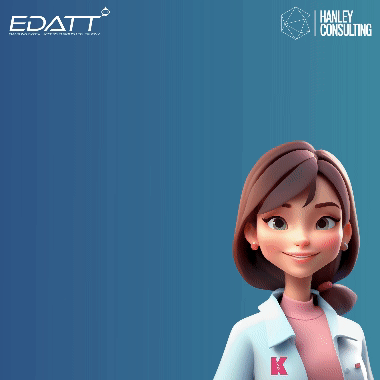Aneurin Bevan University Health Board has installed CCube Solutions’ eForms software to create a computer-based system to display children’s growth records.
It is the first end-to-end system allowing medical users across multiple sites to record and view children’s growth chart data via a portal, as well as allowing data to be easily shared with other clinical, public health and third party analytical reporting systems.
Clicking on a button within the individual patient record launches the growth chart on a desktop PC. Authorised staff can then add in updated growth measurements into a dialogue box which automatically updates the chart displayed.
The Aneurin Bevan University Health Board (ABUHB) has always had a reputation for being ‘ahead of the game’ when it comes to the use of technology. With a very active informatics programme for many years they have always prided themselves on the high levels of clinical engagement in that programme. With their own Clinical Workstation Portal (CWS) ABUHB embarked on an exercise with CCube Solutions to add to this CWS resource all paper records in digitised format.
“The new system gives us all the capabilities of the charts we used in the paper chart setting in a much easier way, and more reliably than on paper charts.”
Child growth charts were going to present an issue as records became digital and monitoring a child’s growth is an essential measure of health and of managing trends. The e-Forms product from CCube Solutions is effectively a ‘graphing tool’ where clinical staff can key in measurement data and the information is overlaid onto a ‘background’ image that is similar in look and feel to the original growth chart.
Now all data is keyed into this part of the system is plotted onto the chart, just like the paper version, but the data is fully integrated with the CWS: all users can see any data related to that specific patient record, including a link to the growth cart data, and approved users can enter data. From the user’s viewpoint it completely mimics the paper process.




